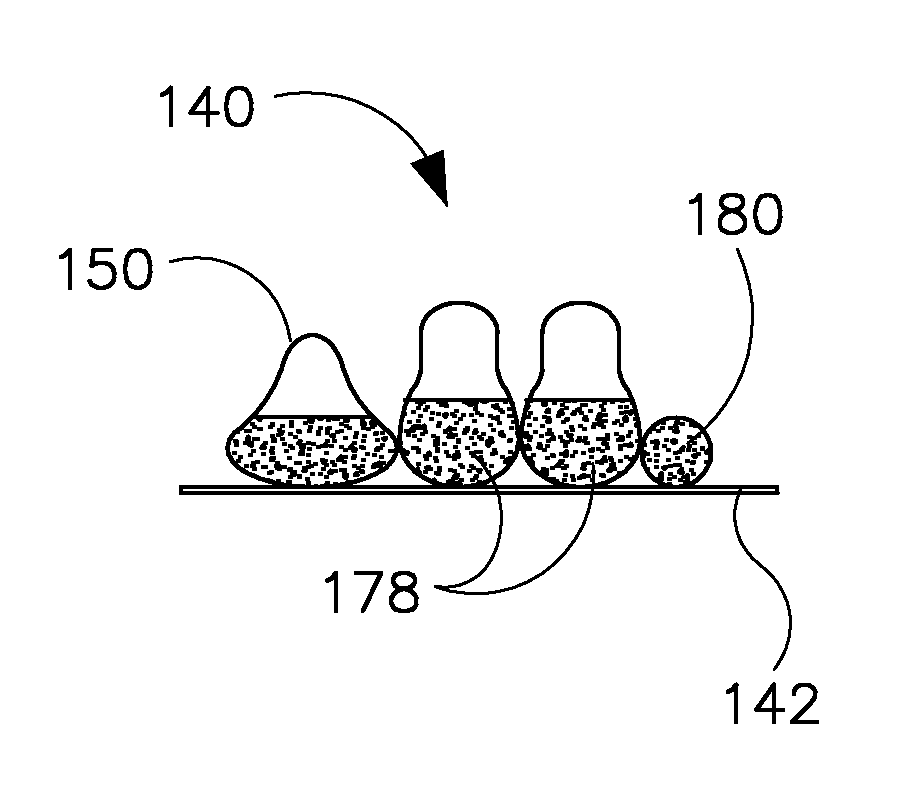System for underwater compressed fluid energy storage and method of deploying same
a compressed fluid and energy storage technology, applied in sea energy generation, artificial islands, construction, etc., can solve the problems of limited locations viable for their use, inability to fully exploit the resources of re sources, and inability to meet the needs of users, etc., to achieve efficient and cost-effective effects
- Summary
- Abstract
- Description
- Claims
- Application Information
AI Technical Summary
Benefits of technology
Problems solved by technology
Method used
Image
Examples
Embodiment Construction
[0032]Embodiments of the invention include deployment or installation of compressed fluid storage vessels on a floor of an ocean, sea, lake, reservoir, gulf, harbor, inlet, river, or any other manmade or natural body of water. As used herein, “sea” refers to any such body of water, and “sea floor” refers to the floor thereof. “Fluid,” as used herein, refers to any compressible gas or liquid such as air, CO2, or the like as well as to a supercritical fluid. “Sediment” (e.g., “sea floor sediment”), as used herein, refers to marine material from the bottom or sea floor of the sea and may include, by way of example, gravel, sand, silt, clay, mud, organic or other material settled onto the floor of the sea.
[0033]In disclosed embodiments of the system, compressed fluid is stored in a bag in (or referred to as ‘under’) a body of water. Hydrostatic pressure of surrounding water becomes the predominant restraining parameter for the compressed fluid, which is pressurized into the bag via a co...
PUM
 Login to View More
Login to View More Abstract
Description
Claims
Application Information
 Login to View More
Login to View More - R&D
- Intellectual Property
- Life Sciences
- Materials
- Tech Scout
- Unparalleled Data Quality
- Higher Quality Content
- 60% Fewer Hallucinations
Browse by: Latest US Patents, China's latest patents, Technical Efficacy Thesaurus, Application Domain, Technology Topic, Popular Technical Reports.
© 2025 PatSnap. All rights reserved.Legal|Privacy policy|Modern Slavery Act Transparency Statement|Sitemap|About US| Contact US: help@patsnap.com



